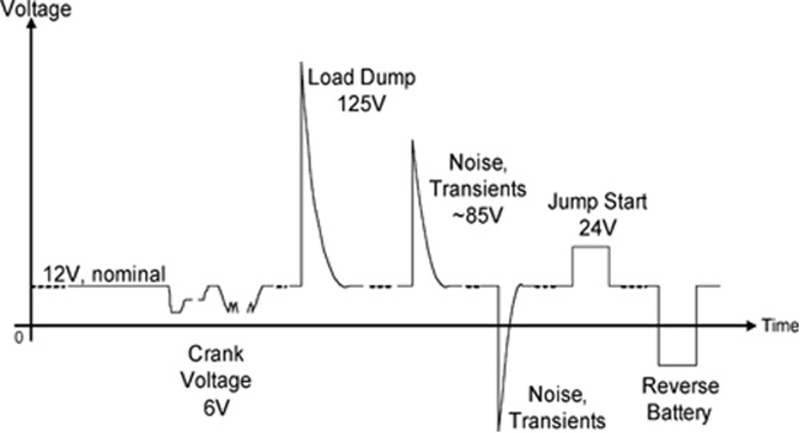Hi everyone. I am junior level electronics hobbyist and I'm hoping to get some help designing some kind of voltage switch for an automotive application.
Precisely what I am trying to do
Detect if the DC voltage on a circuit is above or below a certain threshold (say 1.0V) with reasonable accuracy and toggle a switch or relay if the condition is met WITHOUT influencing the voltage on the circuit.
Background
Emulate the output from an OEM oil pressure switch using a new generation oil pressure sensor in a simple, low cost, reliable and elegant way.
Why go to all this effort?
I've attached a simple schematic showing what I'm trying to achieve. I don't want to use anything like an Arduino, Rhaspberry Pi or any advanced circuitry, but I'm happy to build a breadboard and solder a bunch of components if someone can help me design a viable circuit.
Thanks all
Dan

Precisely what I am trying to do
Detect if the DC voltage on a circuit is above or below a certain threshold (say 1.0V) with reasonable accuracy and toggle a switch or relay if the condition is met WITHOUT influencing the voltage on the circuit.
Background
- I'm installing automotive gauges that measure engine oil pressure
- In order to do this, I've had to remove the factory oil pressure switch that goes into the engine block and replace it with an AEM oil pressure sensor that outputs a 0-5V signal corresponding to oil pressure
- Whilst this works great for the new gauge, the removal of the OEM oil pressure switch means the "low pressure" red light in the vehicle dash is permanently OFF.
- The OEM oil pressure switch has a single wire that pulls to ground on the engine block when pressure is low.
- As this sensor is now removed and unplugged, the dash light is permanently off.
- What I'm trying to do is simulate the output of the factory OEM pressure switch using the signal from the new and improved oil pressure sensor I have installed.
- i.e. If the output from the new sensor is below 1.0V (indicating low oil pressure) I need to physically connect the now disconnected OEM sensor harness plug in the engine bay to GND, presumably via a relay or switch.
Emulate the output from an OEM oil pressure switch using a new generation oil pressure sensor in a simple, low cost, reliable and elegant way.
Why go to all this effort?
- I have already explored using Tpieces (to dual mount sensors) and other spare oil gallery port locations in the engine bay, but there is no viable alternative to have both sensors mounted at the same time (i.e. I have to ditch the OEM switch)
- I've already designed and built a custom harness to run the gauges and new pressure sensor, this is the final piece that would make it perfect and give an OEM feel.
- Voltage switch with Zener diodes and similar. I've done some research into diodes and it seems like these could be a cool way to have an electrical switch. I'm not sure if this would be an appropriate pathway to try as they look like they would influence the base circuit Im trying to measure. i.e. I don't want to disrupt the signal voltage from the sensor to the gauge, but somehow measure it and do something.
I've attached a simple schematic showing what I'm trying to achieve. I don't want to use anything like an Arduino, Rhaspberry Pi or any advanced circuitry, but I'm happy to build a breadboard and solder a bunch of components if someone can help me design a viable circuit.
Thanks all
Dan
Last edited:




